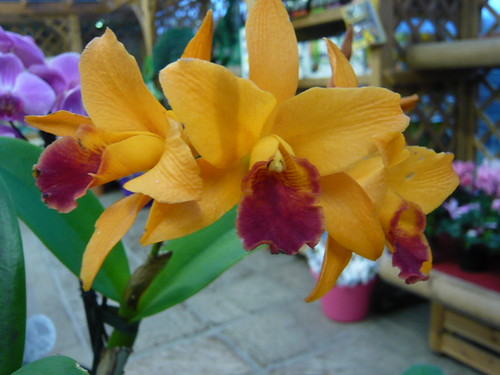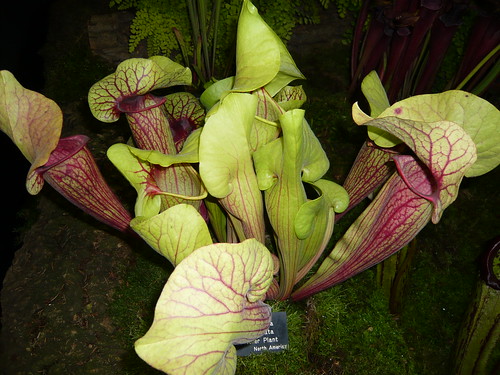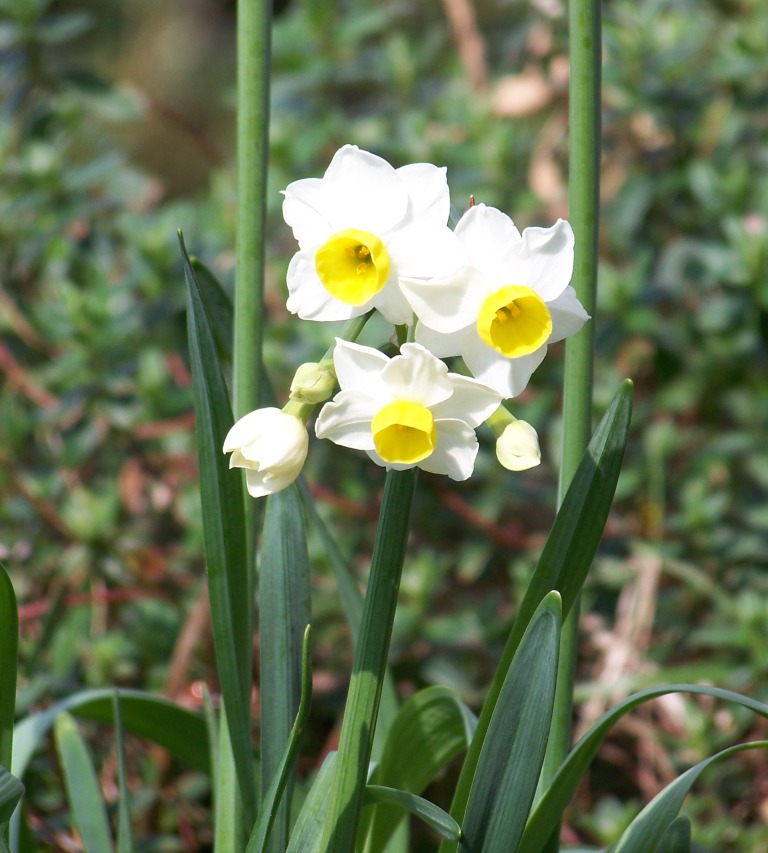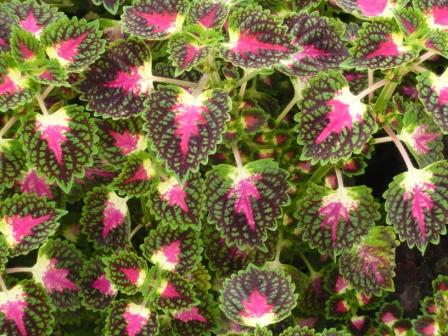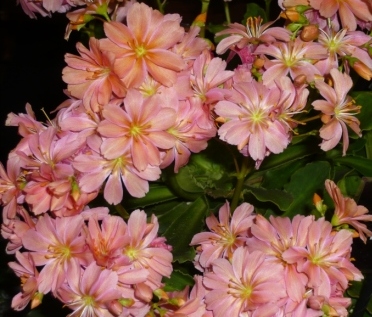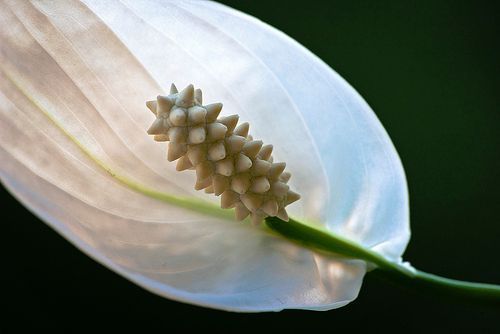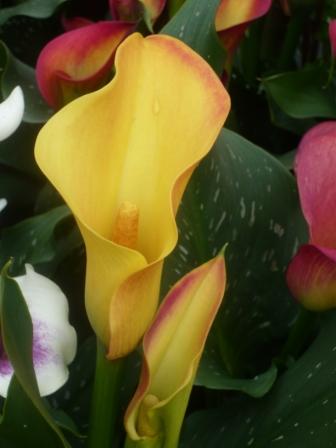High five these palmate leaves of Fastia japonica
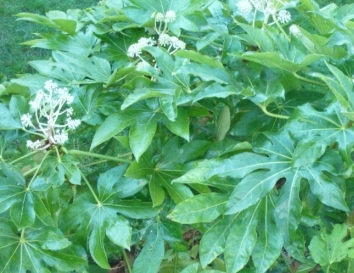
This Fastia was grown indoors as a houseplant then planted in the garden where it thrives to the point where it is now flowering at the end of summer.
It is several years old, 4 feet tall & wide and is very happy in a shaded north facing position.
When you have finished with some old house plants you can try to give them a new life outdoors. If they fail you have lost nothing. I have several former foliage house plants in a low maintenance area of the garden where I let plants get on with it for themselves.
The evergreen finger shaped leaves are larger than a hand and create a sculptural plant. I haven’t studied the flowers before but they are neat and simple spheres.
Sorry this photograph has a blue cast from a near by wall.
